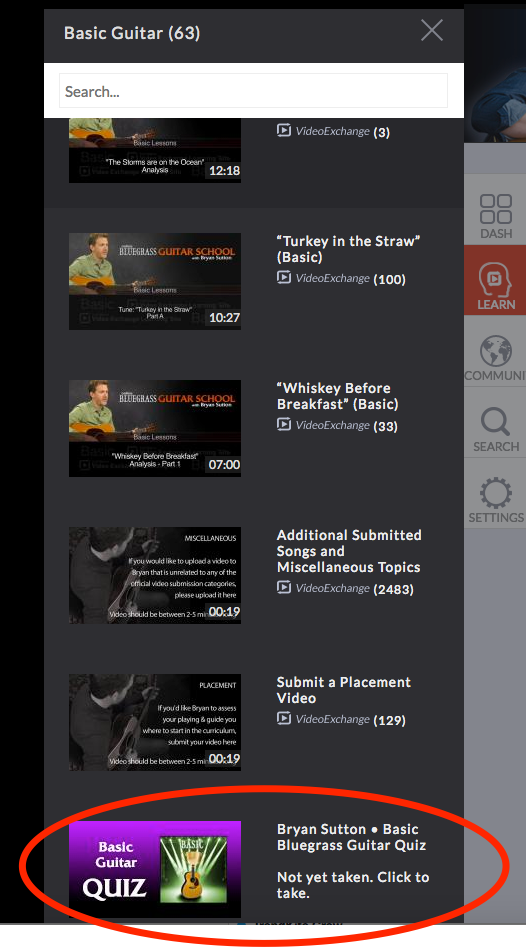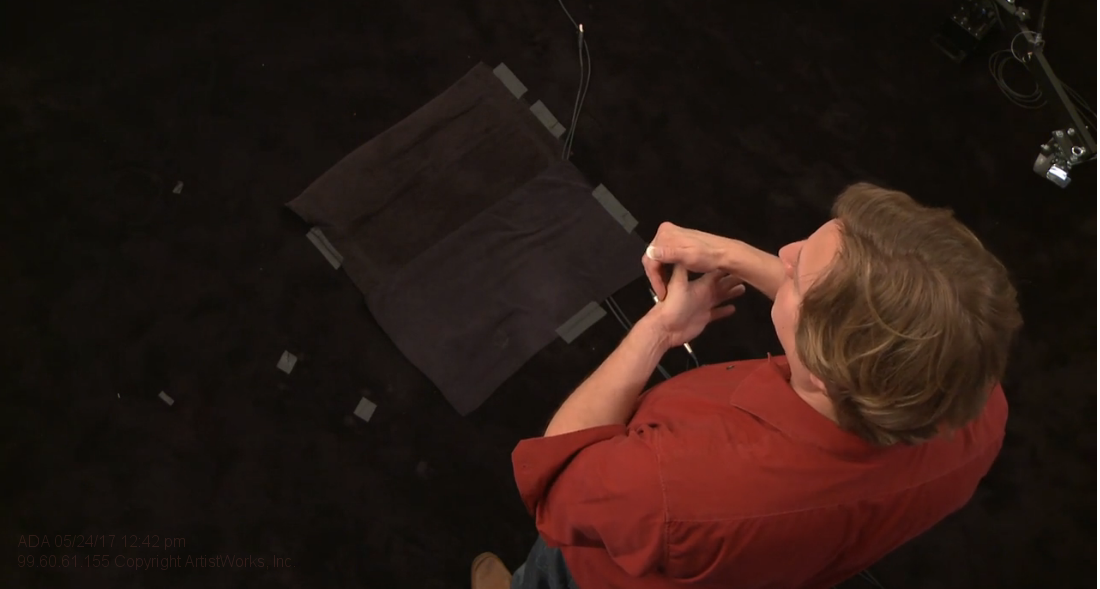Jazz Guitar Modes: Mastering the Dorian Scale

One thing any aspiring jazz guitarist should know is how to play in different modes. Playing modes isn’t too different from playing the pentatonic scale — there are only two extra notes. However, where those notes go varies from mode to mode.
It is highly recommended that you understand and have practiced the positions and patterns associated with the pentatonic scale and have also covered the basic major and minor scales, as the different modes have a close relationship with these scales. One of the most closely related modes to the major scale is the Dorian mode.
The Dorian mode uses the same pattern of intervals as the major scale (also known as the Ionian mode), but starts at the second note of its relative major. For example, D-Dorian uses the same notes with the same intervals as in C-major, but starts and ends on D rather than C.
So why is this distinction important? If you’re using the same notes, why treat D-Dorian any differently from C-major?
New Feature: Quiz Your Bluegrass Guitar Knowledge
Good News: We just launched a new feature around here, Quizzes! These are going to test your knowledge about what's in the bluegrass guitar lessons, so if you've been spending a lot of time in the Learn channel you already have a huge advantage. You'll find multiple choice, True/False, questions with images and some audio questions too. So grab your guitar and get started!
There are two ways to access the self-assessment Quizzes
1. From the lesson lists for each section in the Learn channel, if there's a Quiz you'll see it appear at the bottom of the list. Basic Guitar, as an example:

5 Fundamental Tips for Playing Blues Guitar
As you are developing your skills as a blues guitarist, you will at some point hit a plateau and feel that your progress has slowed or even stopped. This is perfectly normal while learning any instrument, so it’s important to develop some ways to work through the rut. Take it as an opportunity to re-think some common assumptions about what and how to practice - here are a few tips that are covered in various lessons from the Blues Guitar School by Keith Wyatt:
1. Swing is the Thing
Guitar players tend to rush right to the bright, shiny object, i.e. the solo, but to paraphrase Duke Ellington, your licks don’t mean a thing without that swing. Developing a confident rhythm feel, especially for the shuffle, is the foundation of everything else you do in blues, and expanding your rhythmic vocabulary is one of the best ways to re-charge your playing style.
Avoid Guitar Finger Cramps

Do you fingers ever cramp up or hurt while playing guitar? You're not alone, especially if you play classical guitar.
For many guitarists, avoiding finger cramps is a way of life. For classical players, the very nature of the instrument puts you at risk. Proper form requires extending your left hand fingers to their limits and rapidly plucking with your right hand. After awhile it can start to hurt a lot if you're not careful!
Here's some tools to help you minimize and hopefully avoid getting finger cramps as you're practicing all those classical guitar Sor studies in the curriculum here. If you take some time to incorporate these into your practice routine, it should help to at least alleviate the temporary pain and also it can prevent more serious injuries down the road.







